Cosmetic Raw Materials Arbutin Powder 99%/Alpha Arbutin/Beta Arbutin
2019-09-15
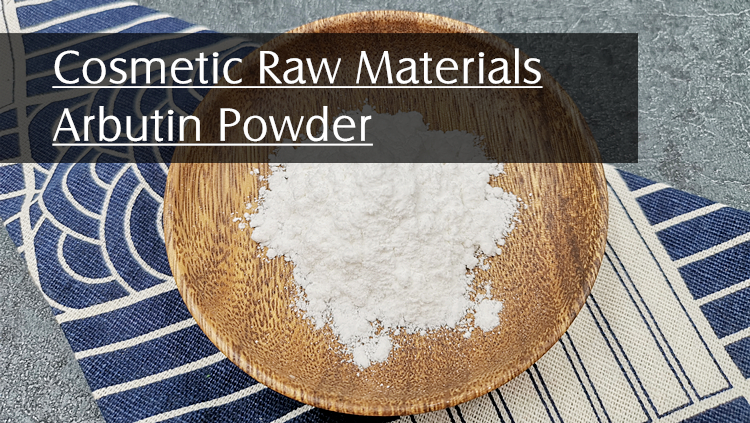
Cosmetic Raw Materials Arbutin Powder 99%/Alpha Arbutin/Beta Arbutin
Arbutin is commercially used as a skin-whitening agent in cosmetic industry. It works by competitive inhibition of the enzyme, tyrosinase, a key enzyme in the synthesis of melanin. Depending on the spatial structure of the glycosidic linkage between glucose and hydroquinone, arbutin forms two epimers: Alpha Arbutin and Beta arbutin.

Arbutin Working Mechanism
Skin whitening:Arbutin exhibits potent melanin-inhibiting properties and confers whitening effects on the skin. Sun damage and injury or inflammation to the skin from acne, eczema or psoriasis are the two main factors that cause melanin production on the skin. Arbutin can reduce the accumulation of pigment by inhibiting the production of melanin, which accumulates on the skin when tyrosine is oxidized. An enzyme called tyrosinase is the catalytic for this reaction. Scientists found arbutin has shown inhibitory actions against tyrosinase. When topically apply skincare products containing Arbutin, the inhabitation of tyrosinase results in the decrease of melanin, thus, a whiter complexion.
Hyperpigmentation in the epidermis is caused by excessive melanin synthesis due to UV irradiation, wound or stress. Tyrosinase is one of the key enzymes involved in melanin synthesis. The enzyme catalyses the first two steps in melanin synthesis: the hydroxylation of tyrosine to DOPA and the oxidation of DOPA to dopaquinone. Arbutin has an direct inhibitory function against tyrosinase, which leads to the prevention of melanin formation and a whitening effect on the skin.


Beta Arbutin Powder

Beta Arbutin is often referred to as just Arbutin. It is can be naturally extracted from plants such as bearberry and synthesized by chemical method. Synthesized Beta-Arbutin is currently one of the most widely used hypopigmenting agents in cosmetics, while plant-derived drugs containing Beta Arbutin were initially used for the treatment of urinary tract infections, cystitis, kidney stones, and as diuretics in the medical field.


Alpha Arbutin Powder

From Alibaba Shop
Alpha Arbutin is enzymatically synthesized from hydroquinone and saccharides through transglycosylation reaction. Various carbohydrate-active enzymes such as α-amylase, α-glucosidase, transglucosidase, sucrose phosphorylase, and dextransucrase have been employed to synthesize Alpha Arbutin. It is one of the most advanced skin lightening ingredients on the market


Alpha-Arbutin V.S. Beta-Arbutin
Recent research showed that Alpha-Arbutin has a 10-fold stronger inhibitory effect on the activity of tyrosinase from human malignant melanoma cells than that of Beta-Arbutin. The α-glucosidic bond found in Alpha-Arbutin offers higher stability than the β form found in the related Beta-Arbutin. Moreover, Alpha-Arbutin hardly inhibited cell growth at 1 mmol/L, while Beta-Arbutin inhibit it significantly at the same concentration. It is, therefore, considered that Alpha-Arbutin is an effective and safe ingredient for cosmetics. Alpha arbutin is very expensive. That is the one downside.
Differences between Alpha-Arbutin V.S. Beta-Arbutin
| Production | Tyrosinase inhibitory efficacy | Stability | Safety | Price | |
| Alpha-Arbutin | enzymatically synthesized | 10 times stronger | higher | safer | More expensive |
| Beta-Arbutin | Extracted; or chemically synthesized | weaker | lower | inhibit cell growth | cheaper |

Arbutin Application and Dosage
Arbutin is used as a skin whitening agent, a sunscreen agent and an antioxidant in cosmetic formulations. Arbutin soap, cream, serum and lotion are among the major lightening products you will found in the market.
| Product name | Reference Dosage |
| Beta-Arbutin | 1-3% |
| Alpha-Arbutin | 0.2-2% |
Arbutin Reference Formula
1 Whitening cream:
| Ingredient | Content(%) | Ingredient | Content(%) |
| Vaseline | 39 | Arbutin | 1 |
| Stearyl alcohol | 15 | Vitamin E | 1 |
| Beeswax | 15 | Fragrance | 0.5 |
| Glycerin monostearate | 0.5 | Distilled water | 27 |
| Polyethylene glycol monooleate | 1 |
2. Anti-freckle whitening essence:
| Ingredient | Content(%) | Ingredient | Content(%) |
| Vitamin C | 2-4 | Arbutin | 4-6 |
| Glycerin | 4-6 | Antioxidant | 0.09-0.2 |
| Ethanol | 43-45 | Angelica sinensis | 9-11 |
| Caisson | 0.09-0.2 | Ligusticum wallichii | 7-9 |
| Vitamin E | 4-6 | Scutellaria baicalensis | 9-11 |
| Liquorice | 9-11 |
Preparation method:
Heat water phase(Vitamin C, Glycerin, Ethanol, Caisson) and oil phase(Vitamin E, Antioxidant) to 50-60℃ respectively, slowly pour water phase into oil phase, then add Angelica sinensis, Ligusticum wallichii, Scutellaria baicalensis, Liquorice and Arbuti, stir well, then obtain the essence.
3. Whitening toner:
| Ingredient | Content(%) | Ingredient | Content(%) | |
| Group A | Arbutin | 0.1-3 | Guava leaves extracts | 1-5 |
| Deionized water | 63-89.8 | Guava fruit extract | 3-5 | |
| Hyaluronic acid | 5-10 | Hydrolyzed pearl solution | 1-5 | |
| Group B | Propylene glycol | 0.1-1 | Glycerin | 5-10 |
Preparation method:Preparation method:Weigh above ingredients of Group A and put them to the water phase bottle; under the condition of stirring rate of 10r/min, heat to 75℃, hold for 10min, then get the water phase. Put the Group B ingredients into oil phase bottle, under the condition of stirring rate of 20r/min, heat to 80℃, hold for 15min, then get the oil phase. Mix the two phases for 500s, cool to 30℃, then get the toner.
Storage: Please tightly sealed Arbutin in containers. Store it in a cool dry place and away from sunlight and oxidizing agents. Packed in 25kg paper drum, 1kg aluminum foil package inside.

Where to buy Alpha Arbutin Powder with lowering Alpha Arbutin price and high quality? Where to find good information of Wholesale Alpha Arbutin and Purchase Arbutin for sales? As the professional Arbutin manufacturer, Imaherb is your best choice.
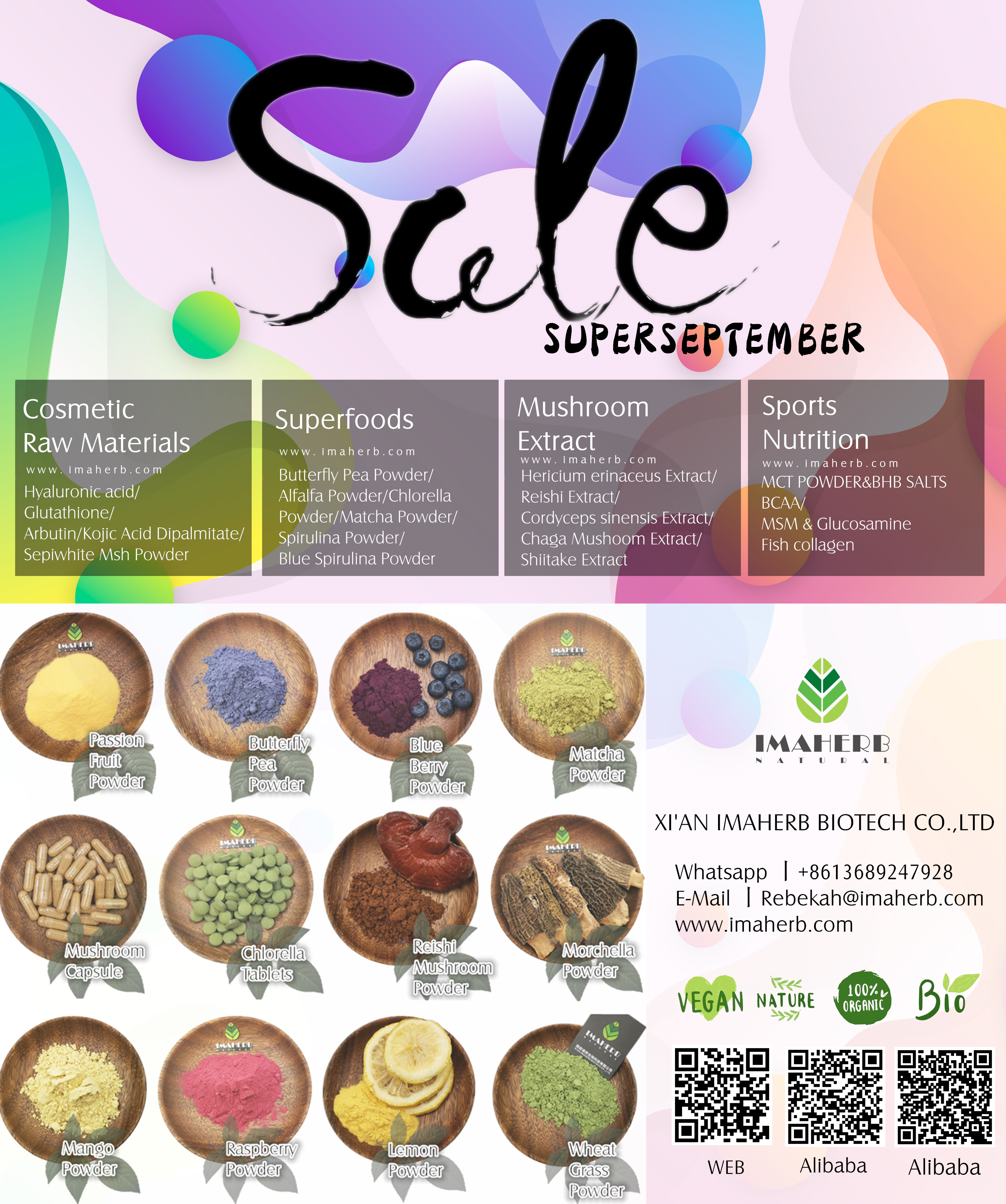






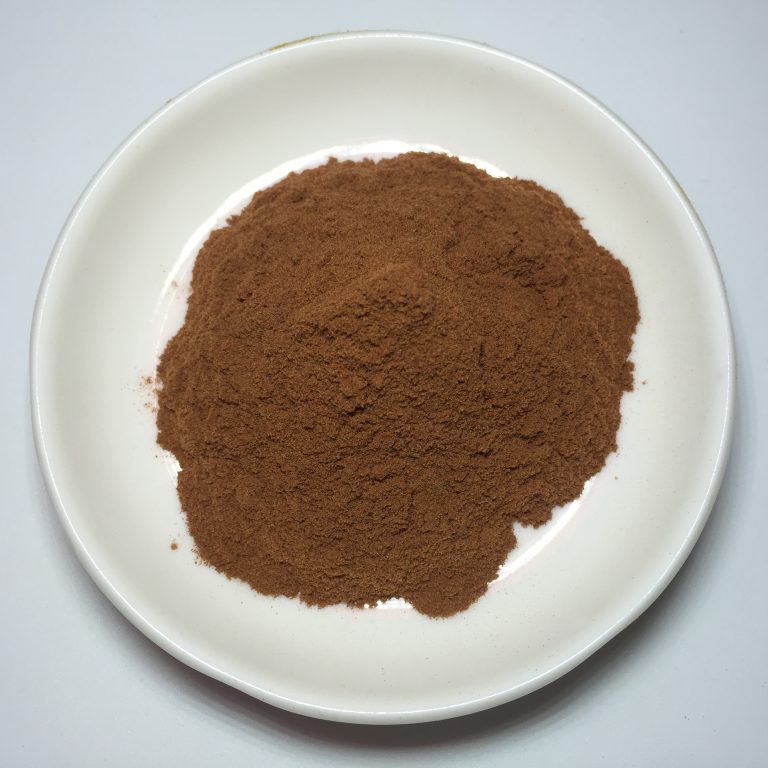 Imaherb China manufacturer supply Apple Extract Powder
Imaherb China manufacturer supply Apple Extract Powder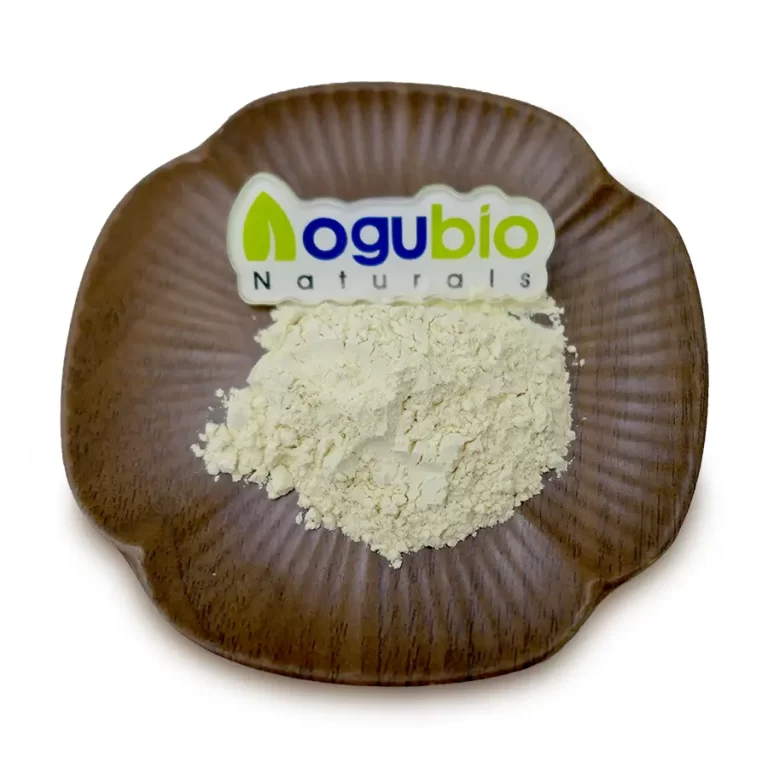 Imaherb China manufacturer supply Apigenin Powder 98%
Imaherb China manufacturer supply Apigenin Powder 98%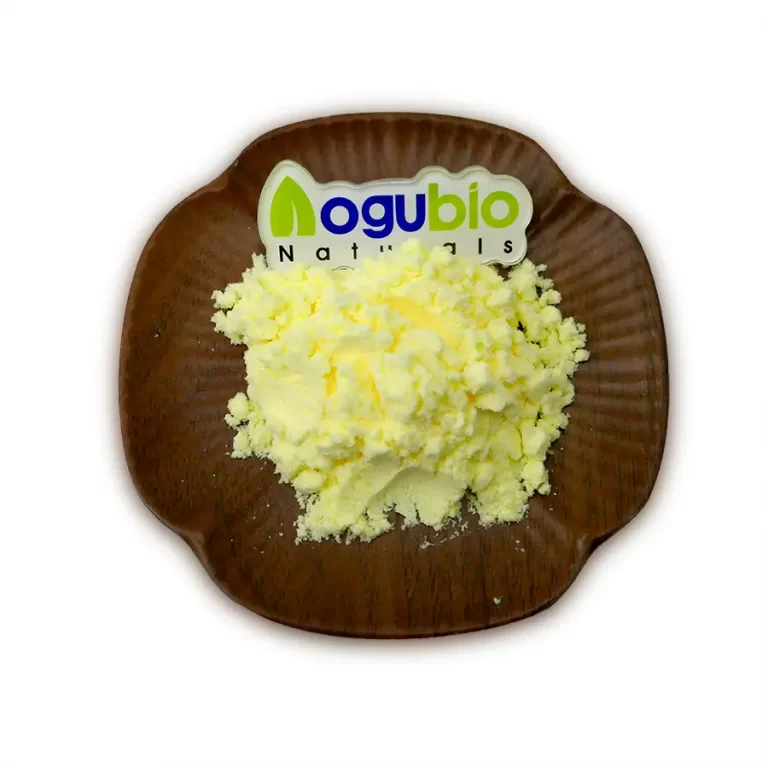 Imaherb Factory supply Alpha Lipoic Acid Powder CAS 1077-28-7
Imaherb Factory supply Alpha Lipoic Acid Powder CAS 1077-28-7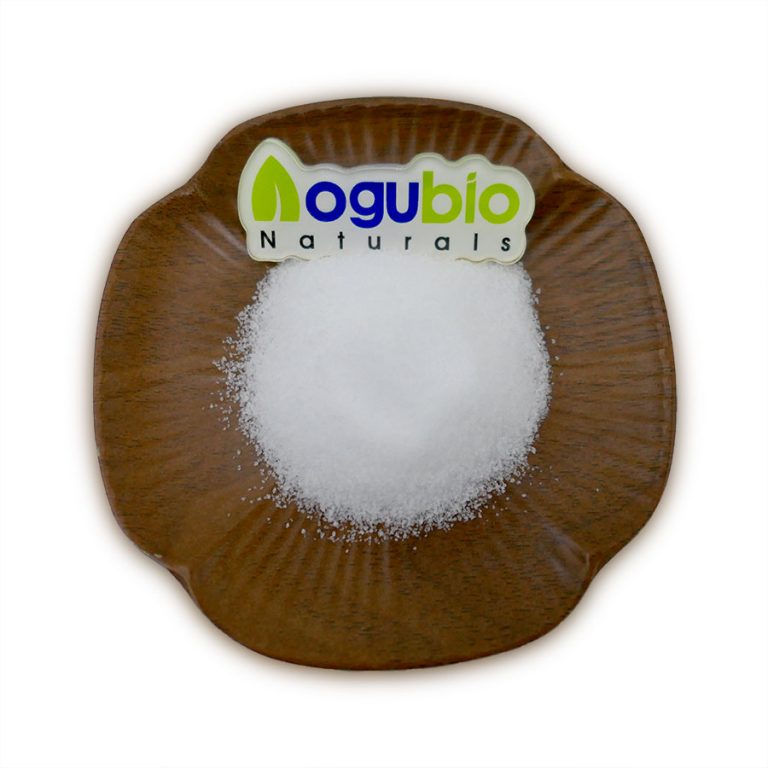 Imaherb Factory supply Alpha GPC Powder CAS 28319-77-9
Imaherb Factory supply Alpha GPC Powder CAS 28319-77-9 Imaherb Factory supply Alliin Powder 98% CAS 556-27-4
Imaherb Factory supply Alliin Powder 98% CAS 556-27-4 skype
skype Sales Manager
Sales Manager Rebekah
Rebekah Rachel
Rachel Miranda
Miranda Camilla
Camilla
 Sales Manager
Sales Manager